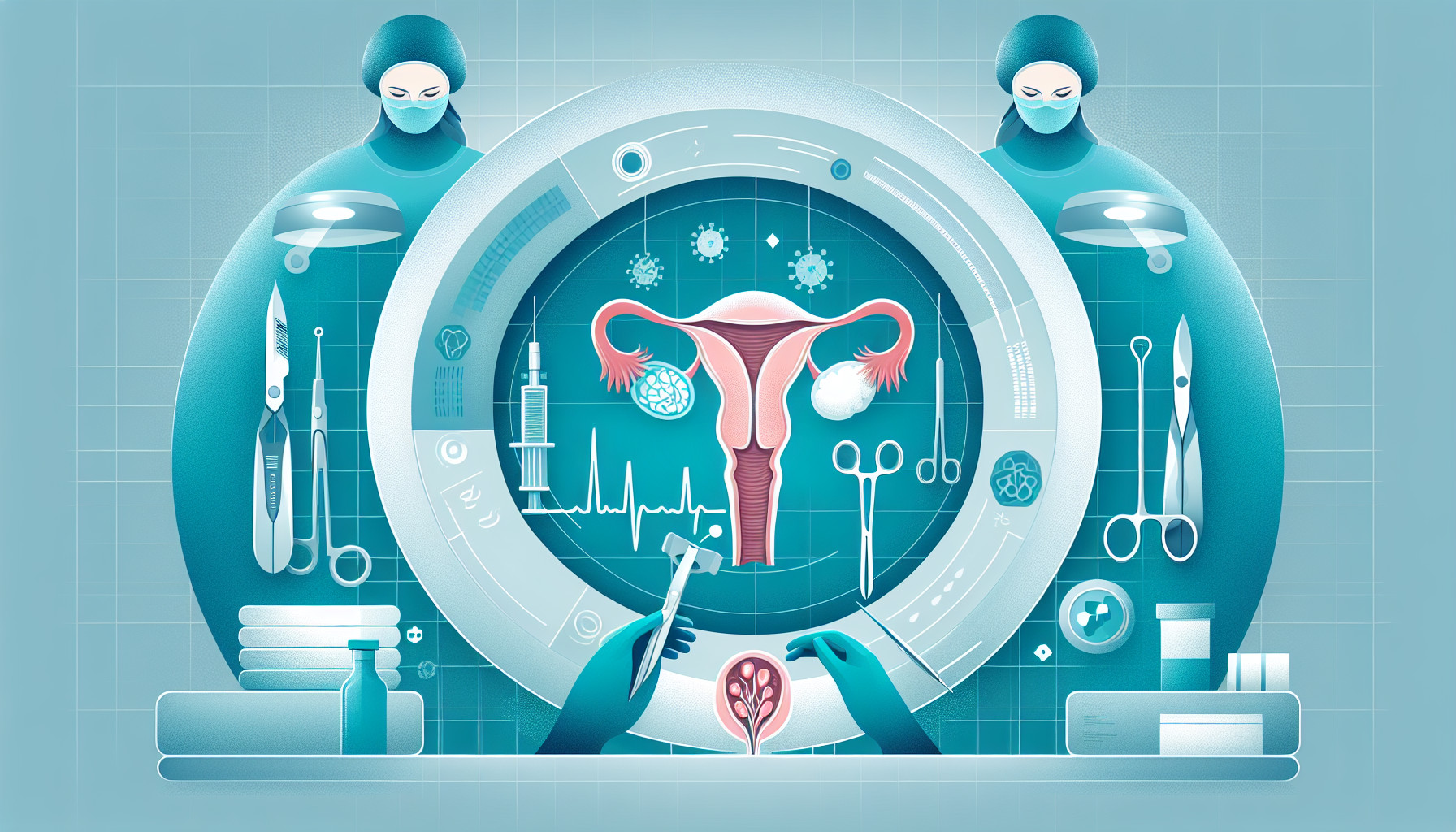Our Summary
This research paper discusses a case where a 20-year-old woman came to the Emergency Department with unusual symptoms: pain in her left side and sudden swelling in her left leg. Blood tests revealed high levels of C-Reactive Protein and D-Dimer, which can indicate inflammation or blood clotting issues. A CT scan and MRI showed there was a large growth, a cyst, near her right ovary. They also found what appeared to be a blood clot in a vein in her left leg.
To treat the blood clot, they gave her a drug called Clexane. Before they could remove the cyst, they had to put in a filter in a major vein (the Inferior Vena Cava) to lower the risk of the blood clot breaking off and causing more problems. They were then able to successfully remove the cyst without any complications.
The authors note that this case happened during the COVID-19 pandemic, when many in-person medical services were limited. They use this case to highlight the importance of having strong systems in place to catch and treat serious conditions like this, even when regular healthcare services are disrupted.
FAQs
- What symptoms led to the discovery of the giant ovarian cyst in the 20-year-old woman?
- What measures were taken to reduce the risk of thromboembolism before the removal of the ovarian cyst?
- How does this case highlight the need for robust systemic measures to safeguard patients against the emergency sequelae of insidious gynaecological pathology during the COVID-19 pandemic?
Doctor’s Tip
One helpful tip a doctor might tell a patient about ovarian cyst removal is to follow all pre-operative instructions carefully, such as fasting before the procedure and avoiding certain medications. It is also important to discuss any concerns or questions with your healthcare provider before the surgery. After the procedure, it is important to follow post-operative instructions, such as taking prescribed medications and attending follow-up appointments. It is also important to monitor for any signs of infection or complications and to seek medical attention if any concerns arise.
Suitable For
Patients who are typically recommended ovarian cyst removal are those who present with symptoms such as abdominal pain, bloating, irregular menstrual cycles, nausea, vomiting, or changes in bowel habits. In some cases, ovarian cysts can cause complications such as torsion (twisting of the ovary), rupture, or the development of a deep vein thrombosis like in the case presented above. Additionally, patients with cysts that are large in size, persistent, or suspected to be cancerous may also be recommended for surgical removal. It is important for patients with ovarian cysts to undergo regular monitoring and follow-up with their healthcare provider to determine the best course of treatment.
Timeline
- Patient experiences left-sided back pain and acute left leg swelling
- Blood tests show raised C-Reactive Protein and D-Dimer
- CT-Abdomen-Pelvis shows large ovarian cyst and suspicious filling defects in left external iliac vein
- Deep-vein thrombosis confirmed on ultrasound Doppler
- MRI confirms cystic lesion
- Inferior Vena Cava Filter placed to reduce thromboembolic risk
- Ovarian cyst resected without complication
- Postoperative period is uneventful
What to Ask Your Doctor
- What are the risks and benefits of removing the ovarian cyst?
- What is the expected recovery time after the surgery?
- Will there be any long-term effects or complications from the removal of the cyst?
- Are there any alternative treatments or management options for the ovarian cyst?
- Will I need any additional tests or procedures before the surgery?
- How experienced are you in performing ovarian cyst removal surgeries?
- What is the likelihood of the cyst returning after removal?
- Will I need any follow-up appointments or monitoring after the surgery?
- How will the removal of the cyst affect my fertility or future pregnancies?
- What should I expect in terms of pain management and post-operative care after the surgery?
Reference
Authors: Perera D, Bolina AK, Hoque N, Razvi K. Journal: BMJ Case Rep. 2021 Mar 16;14(3):e239673. doi: 10.1136/bcr-2020-239673. PMID: 33727290
